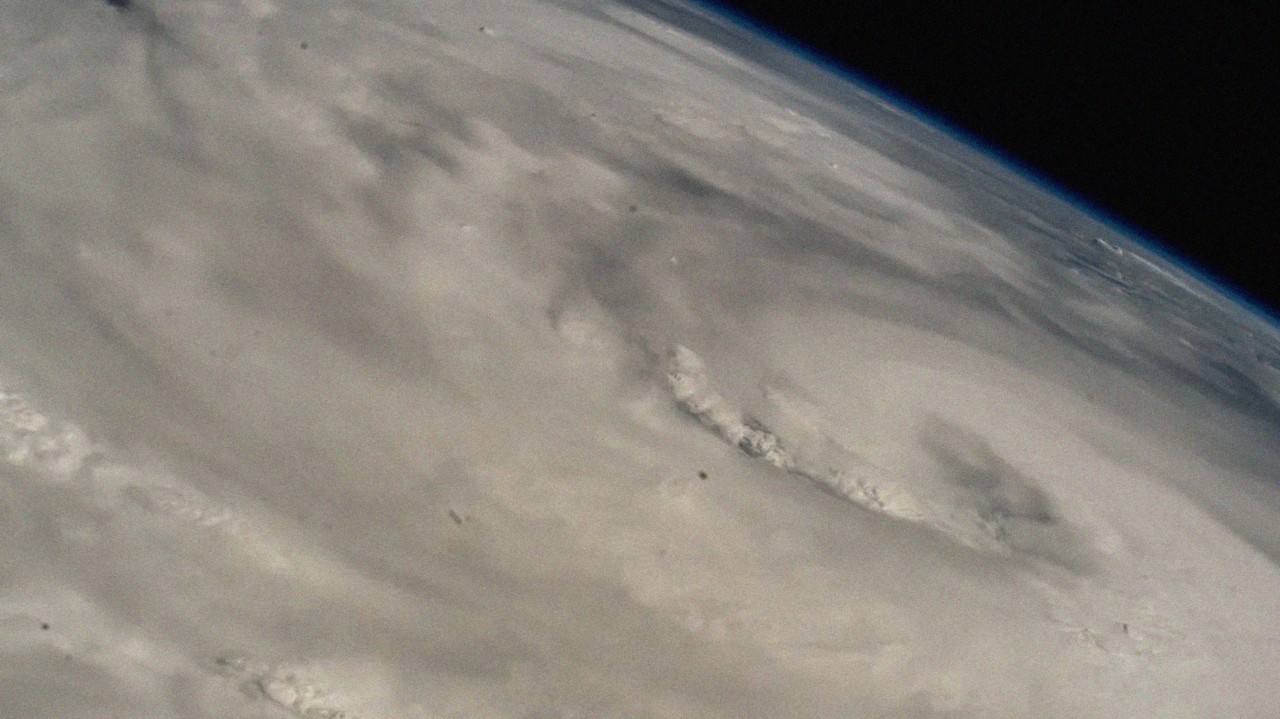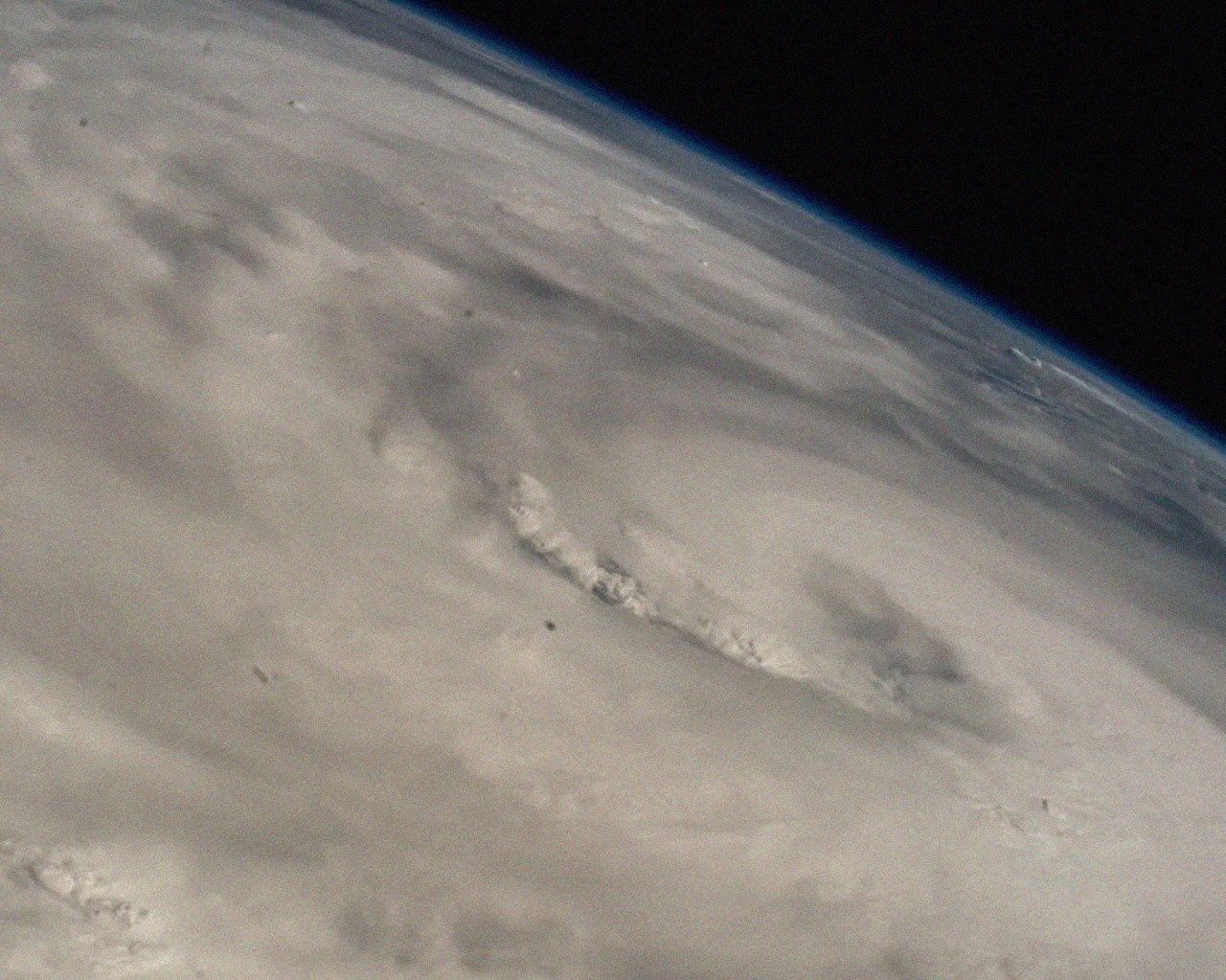

Photography courtesy of NASA
words by willow defebaugh
“We are entering an era of heightened disaster, thanks to climate change. Being prepared for disaster will mean being prepared to sift truth from rumour, and being prepared to adjust our worldview.” —Rebecca Solnit
It all starts with a little warm water and wind. In the Ocean’s tropics, 80 degree Fahrenheit water evaporates and creates humid, moist air. When strong enough wind blows, even more moisture rises into the atmosphere, where it condenses into storm clouds. As the warm air keeps rising, the wind around it begins to blow in a circular pattern, gathering the storm clouds with it. If its speed reaches 74 miles per hour, it becomes the most destructive storm on Earth: a hurricane.
That’s why they call some storms perfect: they require exactly the right conditions in order for calamity to ensue. Once that happens, these spinning wheels of ruin can grow to massive size: as big as 10 miles high and 1,000 miles across. According to NOAA, the wind of just one hurricane is capable of generating as much as half the entire electrical generating capacity of the entire world—and the cloud and rain formation can release a shocking 400 times that figure.
It’s been a little over a week since Helene made landfall as a category 4 hurricane and began carving a swath of devastation across the United States. After ravaging the Gulf Coast of Florida, Helene swept north across Georgia to western North Carolina. In its wake, roads, powerlines, and entire towns have been destroyed, leaving millions without power, over 200 people dead, and hundreds more still missing—making it one of the deadliest storms in this country’s history.
But according to a landmark study published in Nature this week, hurricanes kill far more people than previously estimated—hundreds of times more, in fact. It found that the average hurricane kills 7,000 to 11,000 people in the U.S., astounding even the study’s authors. The reason for this discrepancy lies with the mortality of those impacted by a storm long after it passes: the health effects and economic stresses that ripple out over years and years following such havoc.
Let us be clear: the lives claimed by hurricane Helene aren’t merely deaths from a natural disaster, because there is nothing natural about a storm like this. These deaths are at the hands of the fossil fuel industry, which has been heating our planet for more than a century. More than 90% of warming over the last 50 years has occurred in the Ocean—especially in the Gulf of Mexico and the Atlantic where temperatures are off the charts, causing storms like Helene to intensify.
Despite this—and climate scientists urging for the opposite—fossil fuel production has only increased in the U.S. in recent years. We produce more crude oil than any other country in the world, are the second largest emitter of carbon dioxide, and have historically contributed more to climate change than any other country. And yet, we are unprepared for the consequences: this week, it was announced that the Federal Emergency Management Agency does not have any more funds for the remainder of hurricane season, which still has two months to go.
Helene marks our eighth category 4 or 5 hurricane in eight years—as many as occurred in the previous 57 years. The U.S. must end its suicidal dependence on fossil fuels, and the mainstream media must do its duty in drawing the connections between that dependence and disasters like this one. Because the thing about perfect storms is that they are confluences of unusual conditions that combine to create powerful results. They are supposed to be rare.
Unnatural Disaster